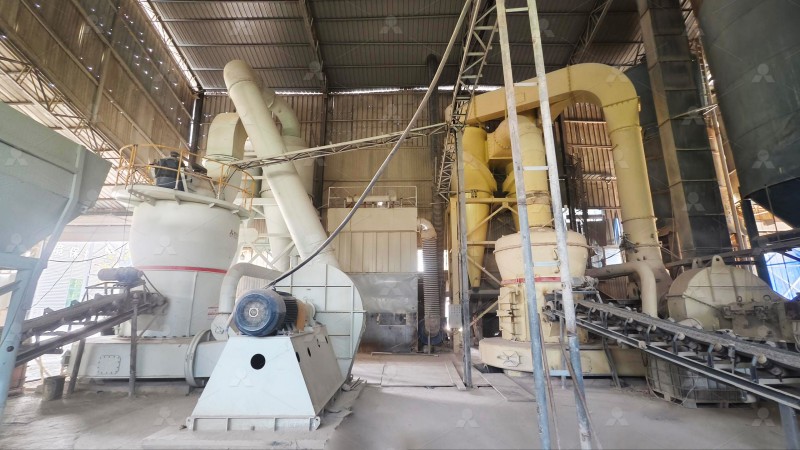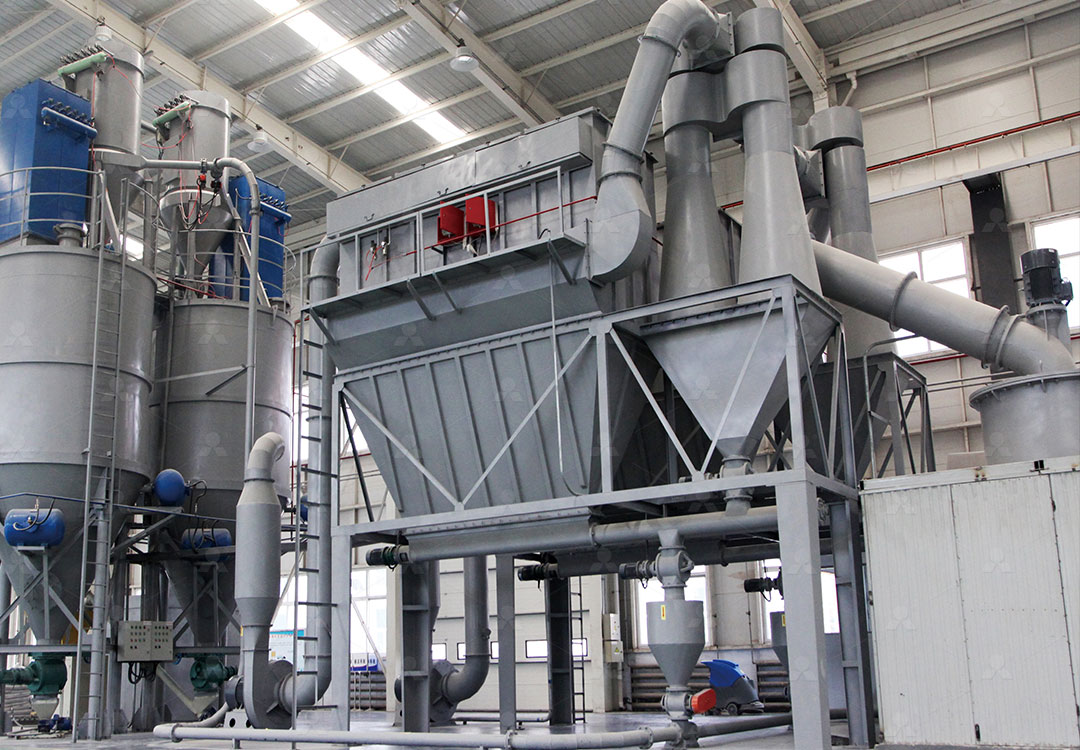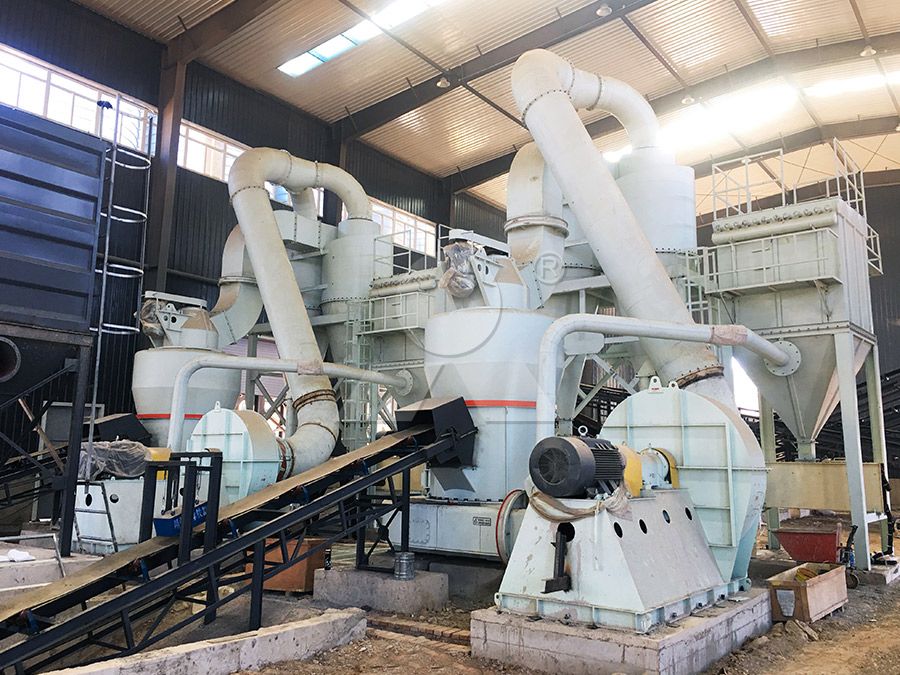Complete Set of Equipment for Kaolin Grinding Production Line
Complete Set of Equipment for Kaolin Grinding Production Line
Kaolin, also known as china clay, is a versatile industrial mineral with applications ranging from paper coating and fillers to ceramics and refractories. Processing this material requires specialized grinding equipment capable of delivering ultra-fine powders with consistent particle size distribution. A complete production line is not merely about pulverization; it integrates crushing, drying, grinding, classification, and conveying into a seamless, efficient, and environmentally sound operation.
The journey of kaolin from raw lump to refined powder begins with primary crushing to reduce the material to a manageable size, typically below 20mm. This is followed by a drying stage, crucial for achieving optimal grinding efficiency. The heart of the operation, however, lies in the selection of the grinding mill. This is where the specific properties of kaolin—its softness, whiteness requirements, and desired fineness—dictate the technology of choice.

For producers aiming for high-value markets that demand ultra-fine products with superior brightness, advanced grinding systems are non-negotiable. Traditional ball mills or Raymond mills, while cost-effective for coarser grinds, often fall short in energy efficiency and product fineness control for premium kaolin applications. The industry has progressively moved towards vertical roller mills and ultra-fine grinding mills that offer significantly lower energy consumption per ton and superior product quality.
Core Equipment Recommendations for Kaolin Processing
Selecting the right mill is paramount. For operations requiring a fineness between 325 and 2500 meshes, the MW Ultrafine Grinding Mill presents an exceptional solution. Engineered for customers dedicated to producing ultra-fine powder, this machine stands out with its impressive capacity range of 0.5 to 25 tph, handling an input size of 0-20 mm. Its design incorporates an efficient pulse dust collector and muffler, ensuring the production process meets stringent environmental standards by minimizing dust and noise pollution. A key feature is its higher yielding and lower energy consumption; it offers a production capacity 40% higher than jet mills and double that of ball mills, while consuming only 30% of the energy of a jet mill. The absence of rolling bearings and screws in the grinding chamber eliminates concerns about bearing damage or loose screws causing machine failure, facilitating worry-free, continuous 24/7 operation.

Another robust option for fine kaolin powder is the LUM Ultrafine Vertical Grinding Mill. With an input size of 0-10 mm and a capacity of 5-18 tph, it integrates the latest grinding roller and powder separating technologies. Its unique roller shell and lining plate grinding curve are designed to easily generate a material layer, enabling a high rate of finished product in a single pass. This not only enhances efficiency but also improves the whiteness and cleanliness of the final kaolin powder, a critical quality parameter. The mill’s reversible structure and hydraulic system allow for easy maintenance, enabling quick roller access for inspection and part replacement, thereby minimizing downtime.
Building a Cohesive Production Line
A complete kaolin line extends beyond the core grinder. It typically includes:
- Jaw Crusher: For primary size reduction.
- Bucket Elevator & Vibrating Feeder: For controlled material transport into the mill.
- Drying System: Integrated or separate to reduce moisture content.
- Grinding Mill (MW or LUM): The central unit for size reduction.
- Pulse Dust Collector: Essential for capturing airborne particles and maintaining a clean plant environment.
- Cyclone Powder Collector & Packing System: For final product collection and bagging.
The entire system is often controlled by an advanced PLC system, allowing for precise control over grinding pressure, rotor speed, and feed rate, ensuring consistent product quality and operational stability.

Frequently Asked Questions (FAQ)
What is the typical fineness range achievable for kaolin with your recommended mills?
Our MW Ultrafine Grinding Mill can adjust the product fineness between 325 and 2500 meshes (approximately 45 to 5 microns), making it ideal for high-value kaolin applications. The LUM mill also produces fine powders suitable for most industrial uses.
How does your equipment address environmental concerns like dust and noise?
Both the MW and LUM mills are equipped with high-efficiency pulse jet dust collectors that effectively capture over 99.9% of airborne dust. Furthermore, integrated mufflers and soundproofing measures significantly reduce operational noise, ensuring compliance with environmental regulations.
What kind of after-sales support and spare parts availability can we expect?
We take full responsibility for every machine we produce. Our business covers both production and sales, and we provide comprehensive technical services and guarantee a sufficient supply of original spare parts to ensure your worry-free, continuous operation.
Which mill is more suitable for a smaller production facility?
The MW Ultrafine Grinding Mill, with its capacity starting at 0.5 tph, offers excellent flexibility and is a perfect fit for smaller production lines or pilot plants without compromising on the quality of the final ultra-fine powder.
